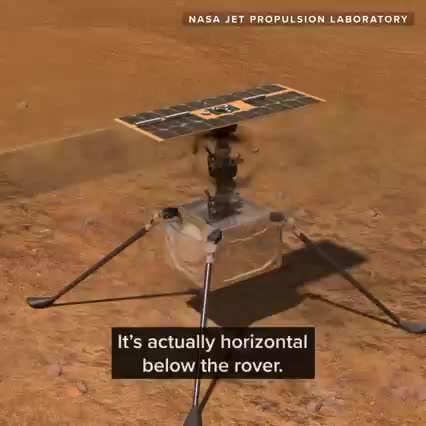Airspeeder wants to be the “first electric flying car race,” its CEO told Insider. It also wants you to know flying cars are closer than you think.
Get the latest international news and world events from around the world.


HDL Update: Age-Related Changes, All-Cause Mortality Risk, And Progress Towards The Optimal Range
Here’s my latest video!
In November 2020, I made a HDL video based on a meta-analysis in ~3.4 million subjects that was published in July 2020. In Dec 2020, a larger study (n=15.8 million subjects) was published-those data are presented in the video, and compared against the meta-analysis.
In addition, I’ve tested my HDL 2 more times since November 2020, so how’s my progress for getting it into the optimal range? Also, I attempt to derive clinical significance by identifying correlations for higher HDL with lower Lp(a) and hs-CRP.
Studies referenced in the video:
High-density lipoprotein cholesterol and all-cause mortality by sex and age: a prospective cohort study among 15.8 million adults:
https://pubmed.ncbi.nlm.nih.gov/33313654/
HDL-C is associated with mortality from all causes, cardiovascular disease and cancer in a J-shaped dose-response fashion: a pooled analysis of 37 prospective cohort studies:
Neuroscientists Unveil Tech for the Vision Impaired: Bionic Eyes, Textured Tablets and More
Devices shift away from Robocop-like wearables to simpler, more accessible assistive solutions.
There are many, many wearable and portable devices aimed at improving life for the blind and visually impaired (in some cases, even restoring vision). Such devices have been developed for pretty much every part of the body: fingers, wrists, abdomen, chest, face, ears, feet, even the tongue.
The thing is—people don’t want to wear them.
“All of these wearables currently on the market have very low acceptance from the community because you look like some sort of RoboCop when you wear them, and people don’t want to attract attention to their impairment,” said Ruxandra Tivadar of the University of Bern in Switzerland, during the annual meeting of the Cognitive Neuroscience Society (CNS), held virtually this week.

Spacecraft in a ‘warp bubble’ could travel faster than light, claims physicist
Albert Einstein’s special theory of relativity famously dictates that no known object can travel faster than the speed of light in vacuum, which is 299792 km/s. This speed limit makes it unlikely that humans will ever be able to send spacecraft to explore beyond our local area of the Milky Way.
However, new research by Erik Lentz at the University of Göttingen suggests a way beyond this limit. The catch is that his scheme requires vast amounts of energy and it may not be able to propel a spacecraft.
Lentz proposes that conventional energy sources could be capable of arranging the structure of spacetime in the form of a soliton – a robust singular wave. This soliton would act like a “warp bubble’”, contracting space in front of it and expanding space behind. Unlike objects within spacetime, spacetime itself can bend, expand or warp at any speed. Therefore, a spacecraft contained in a hyper-fast bubble could arrive at its destination faster than light would in normal space without breaking any physical laws, even Einstein’s cosmic speed limit.




Munching maggots help Singapore startup secure lucrative biomaterial
Working in conjunction with Singapore’s Agency for Science, Technology and Research, Insectta’s technology uses a proprietary and environmentally friendly process to extract lucrative substances such as chitosan, melanin and probiotics from the larvae, it said.
SINGAPORE (Reuters) — In a quiet, mainly residential district of Singapore, trays of writhing black soldier fly larvae munch their way through hundreds of kilograms of food waste a day.
The protein-rich maggots can be sold for pet food or fertiliser, but at Insectta — a startup that says it is Singapore’s first urban insect farm — they are bred to extract biomaterials that can be used in pharmaceuticals and electronics.
“What these black soldier flies enable us to do is transform this food waste, which is a negative-value product, into a positive-value product,” said Chua Kai-Ning, Insectta’s co-founder and chief marketing officer.